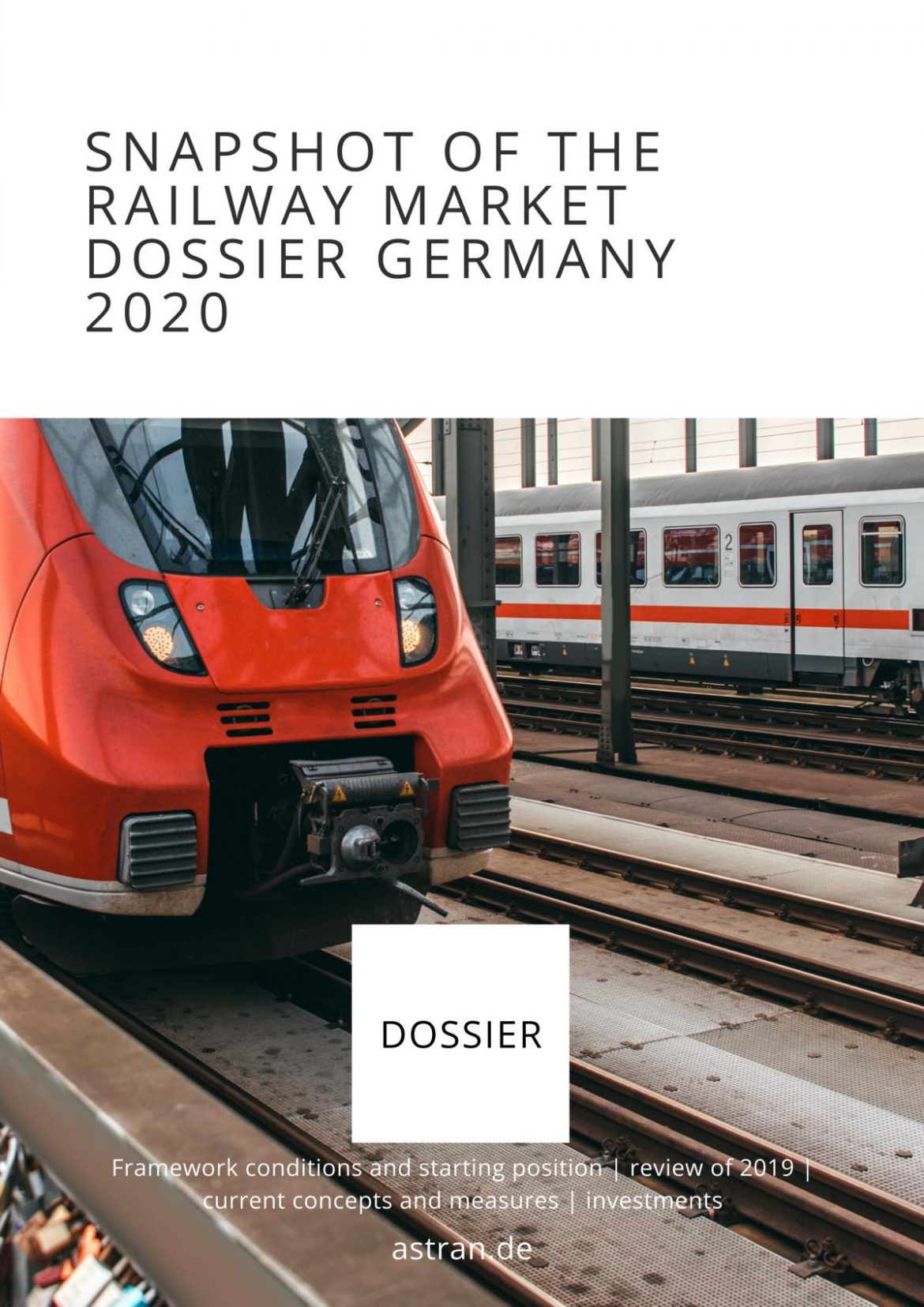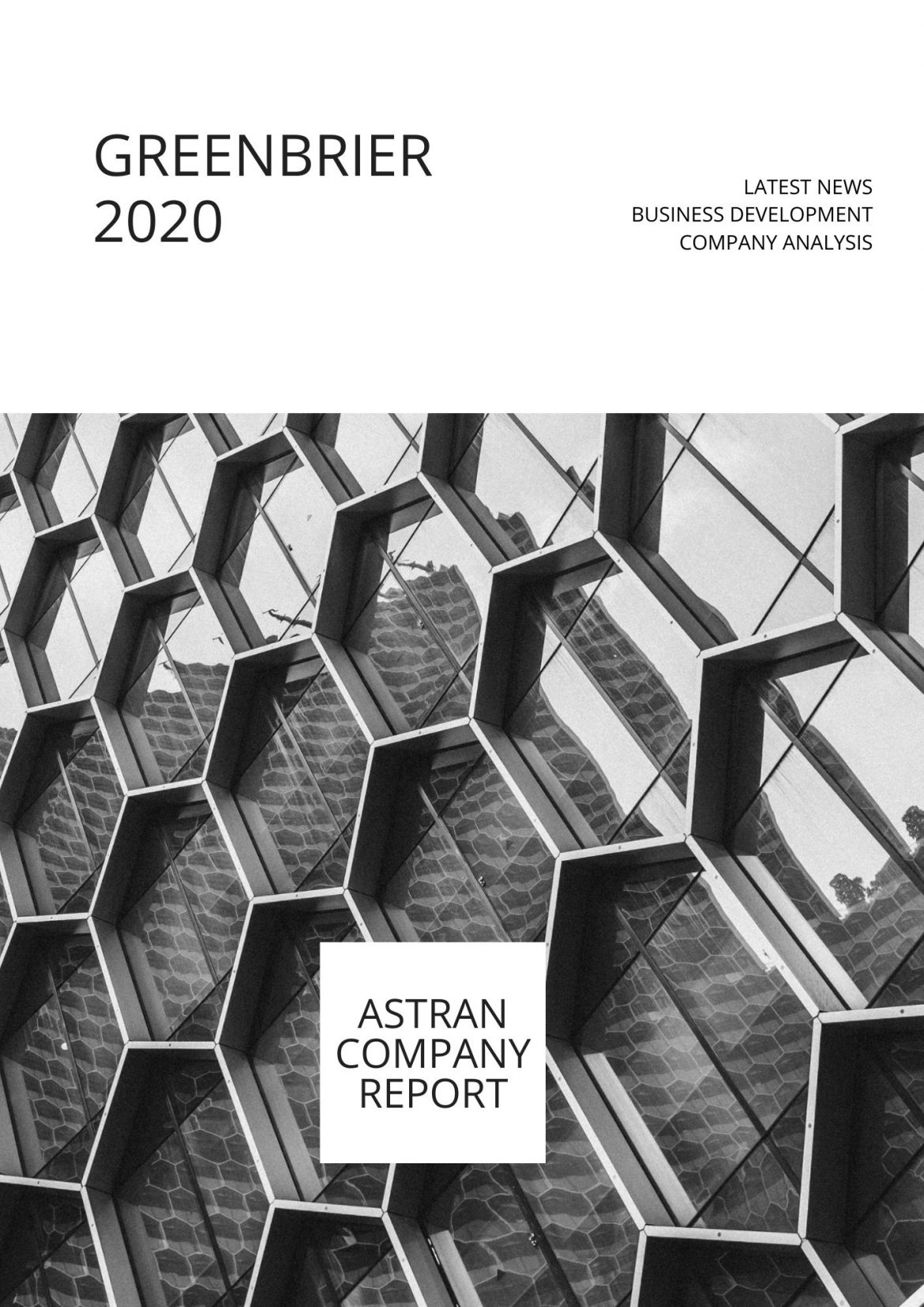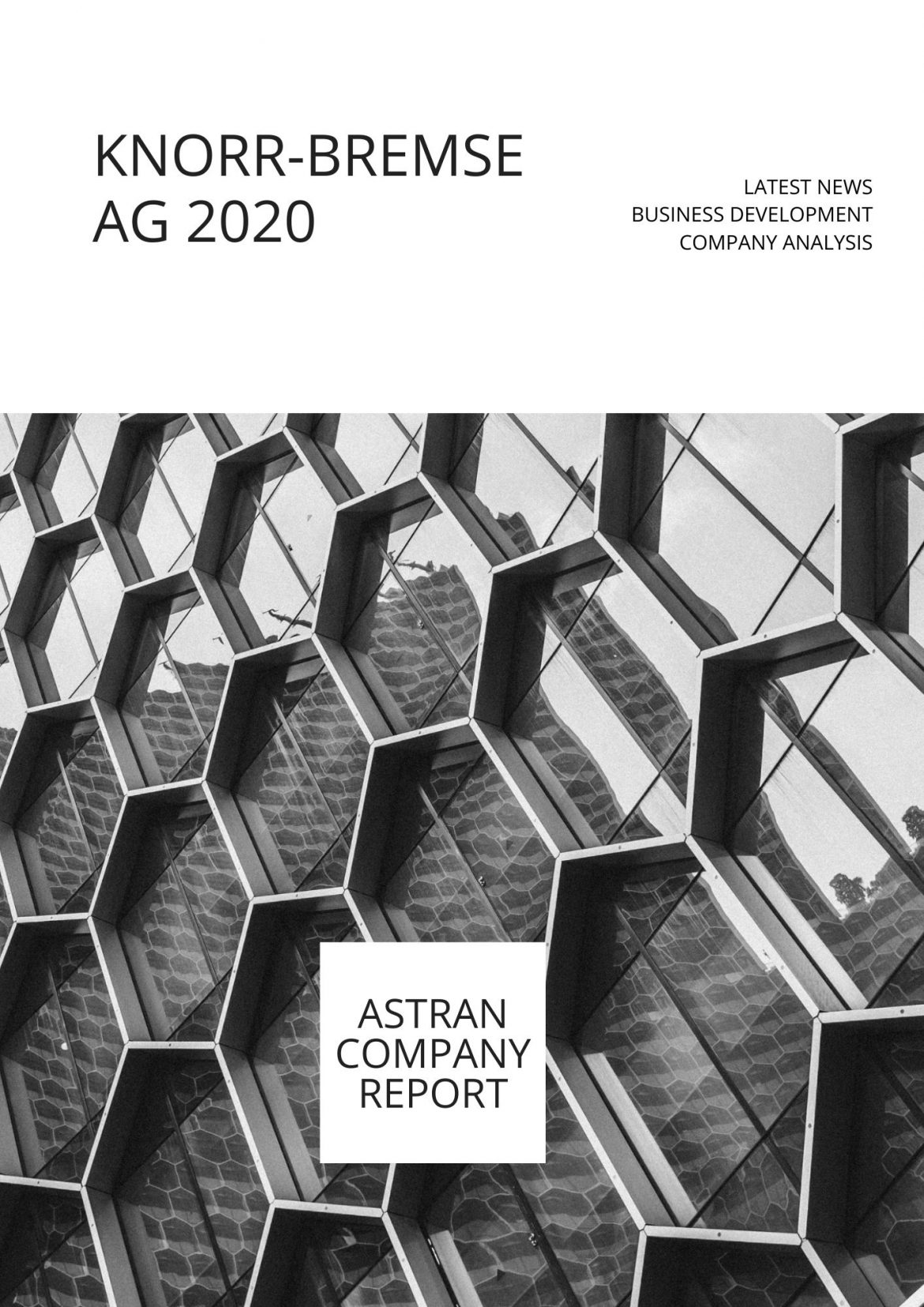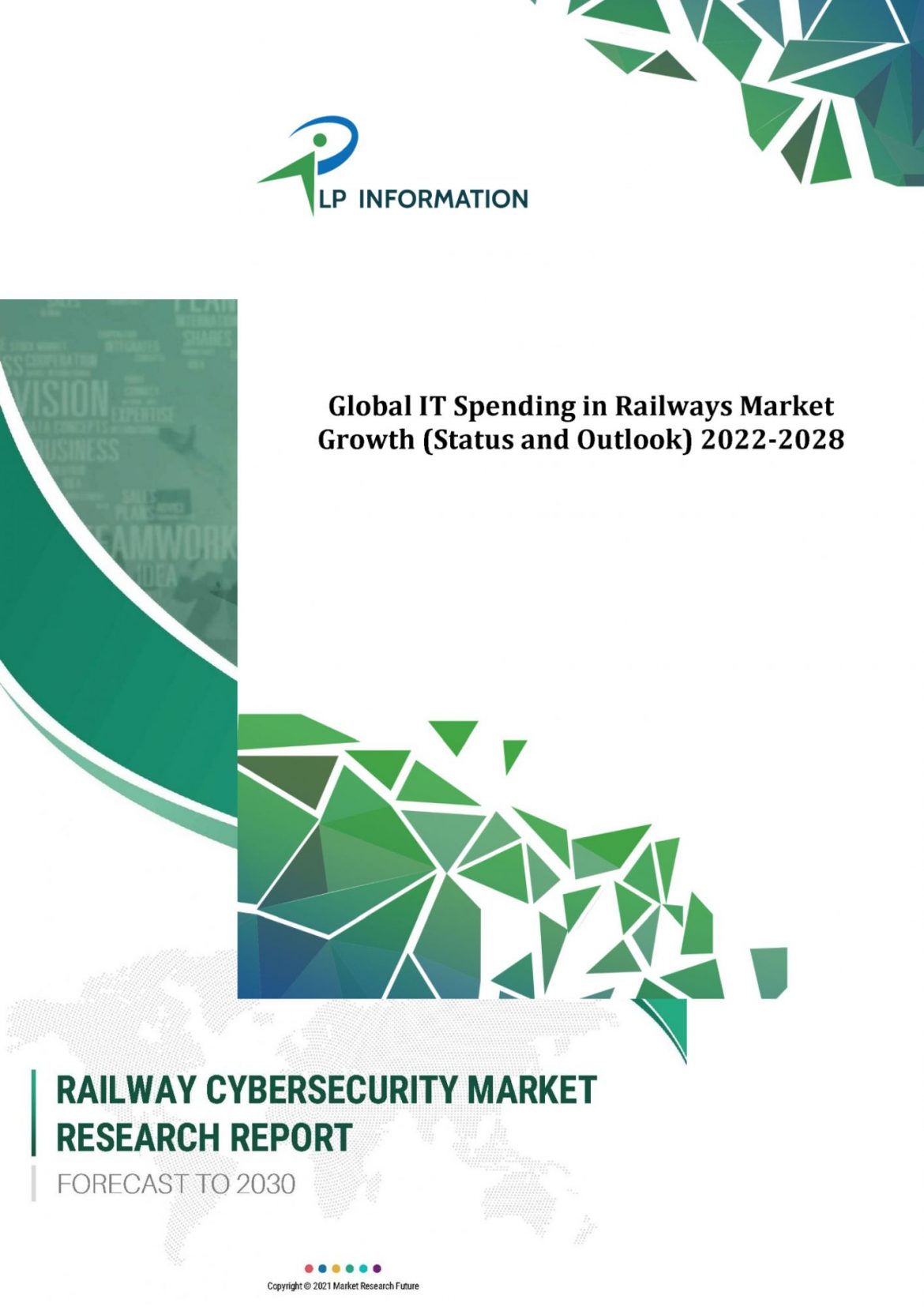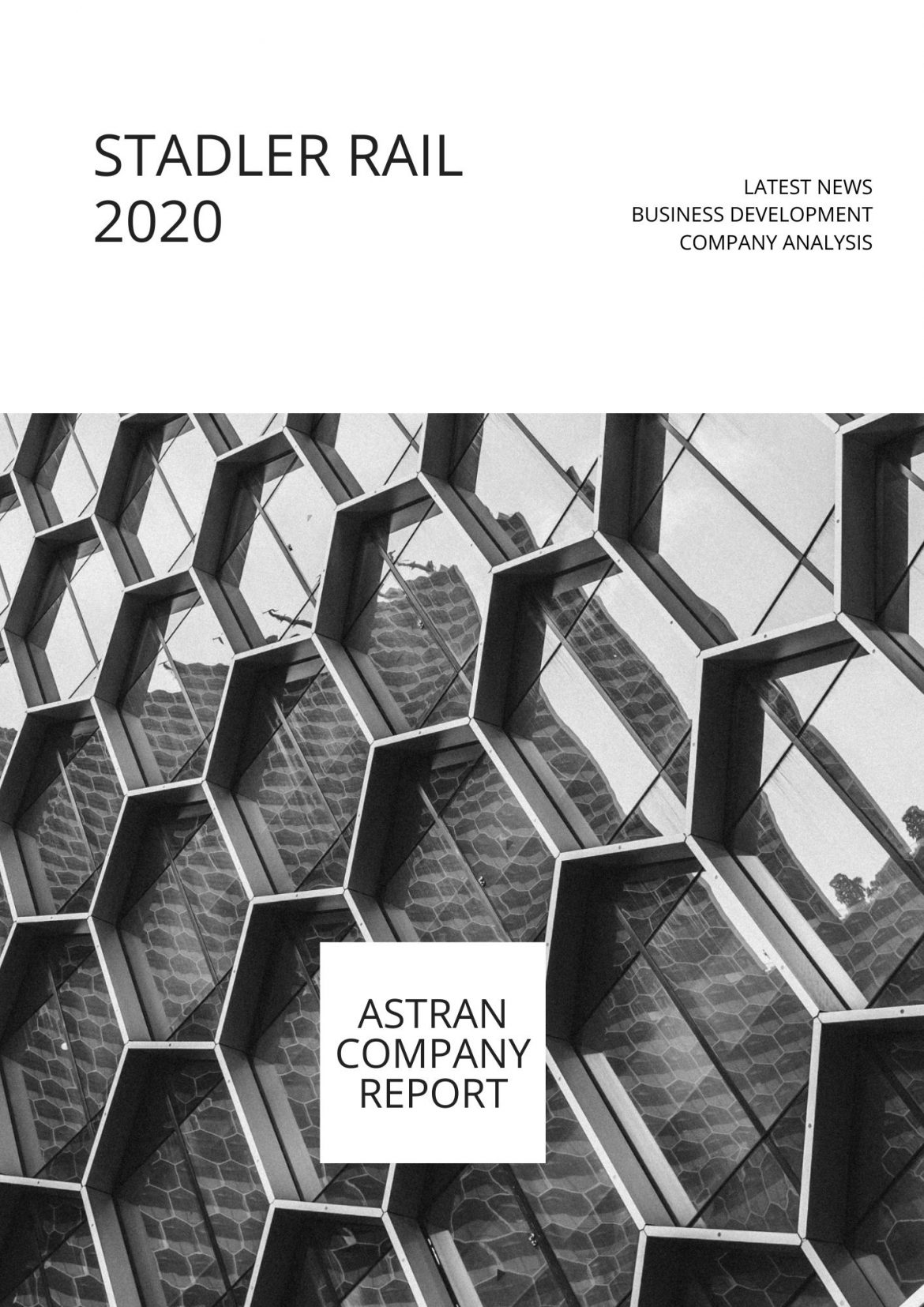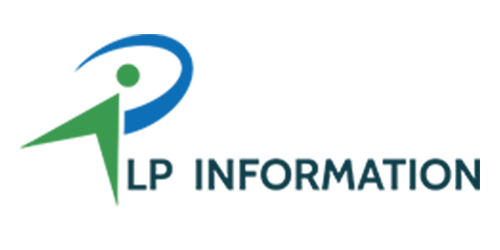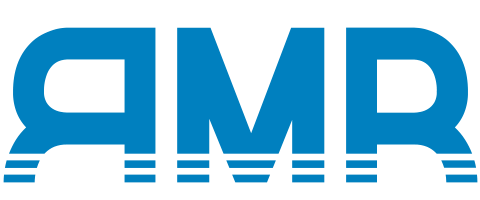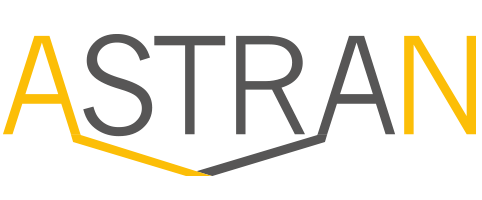Description
Rail market Germany 2020
In the coalition agreement of 2018, the governing parties already agreed on a substantial promotion of rail transport. In order to achieve the set climate targets, a traffic turnaround is being sought. Society is to move away from motorized individual transport and towards public rail passenger and rail freight transport (SPV/SGV). The core goal formulated in the coalition agreement is: With a rail pact between politics and industry, the number of rail customers is to be doubled by 2030 and the focus is to be shifted to environmentally friendly rail. In order to achieve this goal, the SPV/SGV is to be repositioned through a variety of initiatives, programs and support measures from politics, industry, associations and rail transport and infrastructure companies. This dossier compiles current information on rail-bound transport in Germany, examines the effectiveness of the initiatives and programs with regard to the traffic turnaround and analyzes the market attractiveness from the rail industry’s point of view. The focus is on DB AG, with a current market share of around 100% in long-distance transport, 74% in local transport and around 50% in freight transport.
Overwiew of the key findings
-
- Shifting traffic to the railways is a central field of action for the German government to achieve
its climate protection goals. The federal government’s goals for rail transport are a doubling
of the number of passengers in long-distance passenger transport and a significant shift of
freight transport to rail. To achieve this, the infrastructure must be expanded, new vehicles
procured and new technologies and procedures for rail operations applied. - At the end of 2019, the third Leistungs- und Finanzierungsvereinbarung (LuFV III, literally
“service and financing agreement”) between the Federal Government and Deutsche Bahn AG
was adopted, beginning of 2020, term ten years. By 2029 a total of 86.2 billion euros will be
available for maintenance and replacement investments. 62 billion of this amount will come
from the federal government, with DB AG contributing 24.2 billion euros. This corresponds to
an increase of 59 or 41 percent respectively compared to the LuFV II, which expired in 2019
and had a term of only five years. - Further measures for the modernization of the rail infrastructure are planned. To this end,
the Federal Government will provide DB AG with 1 billion euros per year between 2020 and
2030. The measures address the following fields of action; “Robust network” (including
small/medium-scale measures), the “digital rail” and “attractive stations”. - To make rail-bound transport more attractive, the VAT rate on tickets was reduced from 19
to 7 percent on 1st of January 2020. - The pandemic has hit Deutsche Bahn hard. Transportation figures have collapsed and
revenues have been lost. Nevertheless, it is sticking to the targets set for 2019 within the
framework of “Starke Schiene” (literally “strong rail”) and “Digitale Schiene Deutschland”
(literally “digital rail Germany”). - With the Rail Transport Master Plan, the Federal Ministry of Transport and Digital
Infrastructure published a framework for action in June 2020 that serves as a guideline for the
future development of rail transport in Germany. - The “Deutsche Zentrum für Schienenforschung” (DZSF, literally “German center for railway
Transport Research”) was founded in May 2019 as an independent, technical-scientific
departmental research institution of the Federal Government and in 2020 the organization
was set up and the focal points of research defined. - − Topics that drive the industry: The introduction of Digital Automatic Coupling, the rollout of
ETCS/DSTW, new drive technology and digitalization and automation in general.
- Shifting traffic to the railways is a central field of action for the German government to achieve
